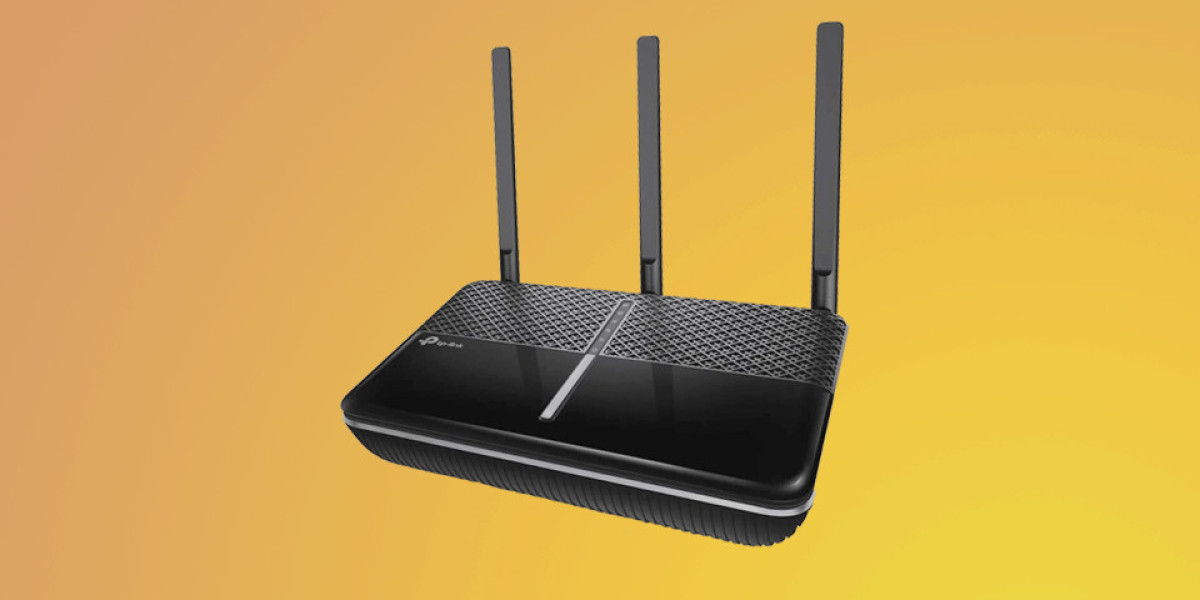The Wi-Fi 6E Router Market Share is witnessing a dynamic shift as leading technology companies and emerging players compete to dominate the rapidly expanding wireless networking industry. Wi-Fi 6E Router Market Size was valued at 4,700 USD Million in 2024. The Wi-Fi 6E Router Market is expected to grow from 5.47 USD Billion in 2025 to 25 USD Billion by 2035, reflecting a CAGR of 16.4% during the forecast period. This robust growth is fueled by the increasing demand for high-speed, low-latency connectivity across residential, commercial, and industrial sectors. Understanding market share trends is critical for stakeholders aiming to identify opportunities, assess competitive strategies, and make informed investment decisions.
Market leaders such as ASUS, Netgear, TP-Link, and Cisco currently dominate the Wi-Fi 6E router segment due to their extensive product portfolios, technological expertise, and strong brand recognition. These companies focus on innovation, integrating features like AI-based traffic management, mesh networking, multi-gigabit speeds, and enhanced security protocols into their routers. Their ability to deliver high-performance devices that cater to diverse customer needs has enabled them to maintain a significant share of the global market. Additionally, strategic partnerships and regional expansions have reinforced their market positioning.
Emerging players are also making notable inroads, especially in price-sensitive and developing markets. Companies offering cost-effective, high-performance Wi-Fi 6E routers are capturing consumer attention by balancing affordability with essential features. This competitive landscape encourages established brands to continuously innovate and refine product offerings. Furthermore, local and regional players in Asia-Pacific and Europe are gaining traction by leveraging knowledge of specific market requirements and consumer preferences, thereby influencing overall market share dynamics.
Technological advancement continues to shape market share distribution. The deployment of advanced chipsets by Broadcom, Qualcomm, and MediaTek has enabled router manufacturers to offer more efficient, higher-capacity, and feature-rich devices. AI-driven optimization, improved antenna design, and cybersecurity enhancements not only increase consumer adoption but also allow companies to differentiate their products in a crowded market. High-quality innovations and strategic marketing play a pivotal role in capturing a larger share of the rapidly growing Wi-Fi 6E router market.
Regional trends also affect market share allocation. North America currently holds a leading position, driven by early spectrum approvals, robust infrastructure, and high consumer awareness of smart home technologies. Asia-Pacific is emerging as the fastest-growing market due to rapid urbanization, high digital adoption, and large-scale investment in smart infrastructure projects. Europe maintains steady growth, with industrial adoption and digital transformation initiatives supporting demand. These regional dynamics highlight the importance of tailoring strategies to local market conditions to maintain and expand market share.
Looking forward, the Wi-Fi 6E Router Market share landscape is expected to evolve with the introduction of next-generation technologies such as Wi-Fi 7, edge computing, and 5G integration. The increasing number of connected devices, higher bandwidth requirements, and rising demand for seamless, secure connectivity will continue to reshape competitive dynamics. Manufacturers that focus on innovation, affordability, and superior performance will capture larger shares, while strategic collaborations and global expansion will further strengthen positions. Overall, understanding market share trends is crucial for navigating the competitive environment and maximizing growth opportunities in the Wi-Fi 6E router industry.








